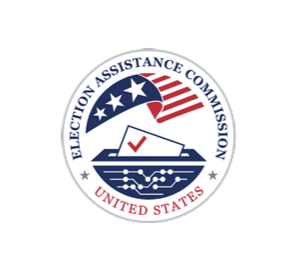
As policymakers, election officials, journalists, and the general public evaluate the need to move to a higher level of mailed-out ballot voting in light of the pandemic, voting rights advocates have expressed the need to ensure enfranchisement for the country’s most vulnerable voting populations in this rapidly changing environment. We at National Vote at Home Institute (NVAHI) agree. We are acutely aware of the concerns raised around the equitability of vote-at-home systems and are committed to addressing them and to implementing vote-at-home systems that increase voter access for all communities.
That said, we believe that there are measures that can address many of these concerns — chief among them the preservation of in-person voting options for those who need them — that must be included in any well-designed vote at home system. It is crucial that any mailed-out ballot voting system includes these elements to address the real issues — both partisan and procedural — that can make an otherwise good system not perform properly for these underserved communities. These communities are varied and encounter different barriers to access under the current system: non-White voters, voters with certain physical disabilities, voters that are lower-income, that experience housing instability, young voters, voters without regular mail delivery like Native tribes, and more. Enfranchising each of these groups is integral to the success of any vote at home ecosystem.
The following report outlines the most current research on the inclusion of these populations in existing VAH systems, as well as the elements in those systems that must be maintained in any new implementation models in order to increase that inclusion. As more states adopt these measures, we will continue to evaluate their impact on voters to close access gaps as much as possible.


